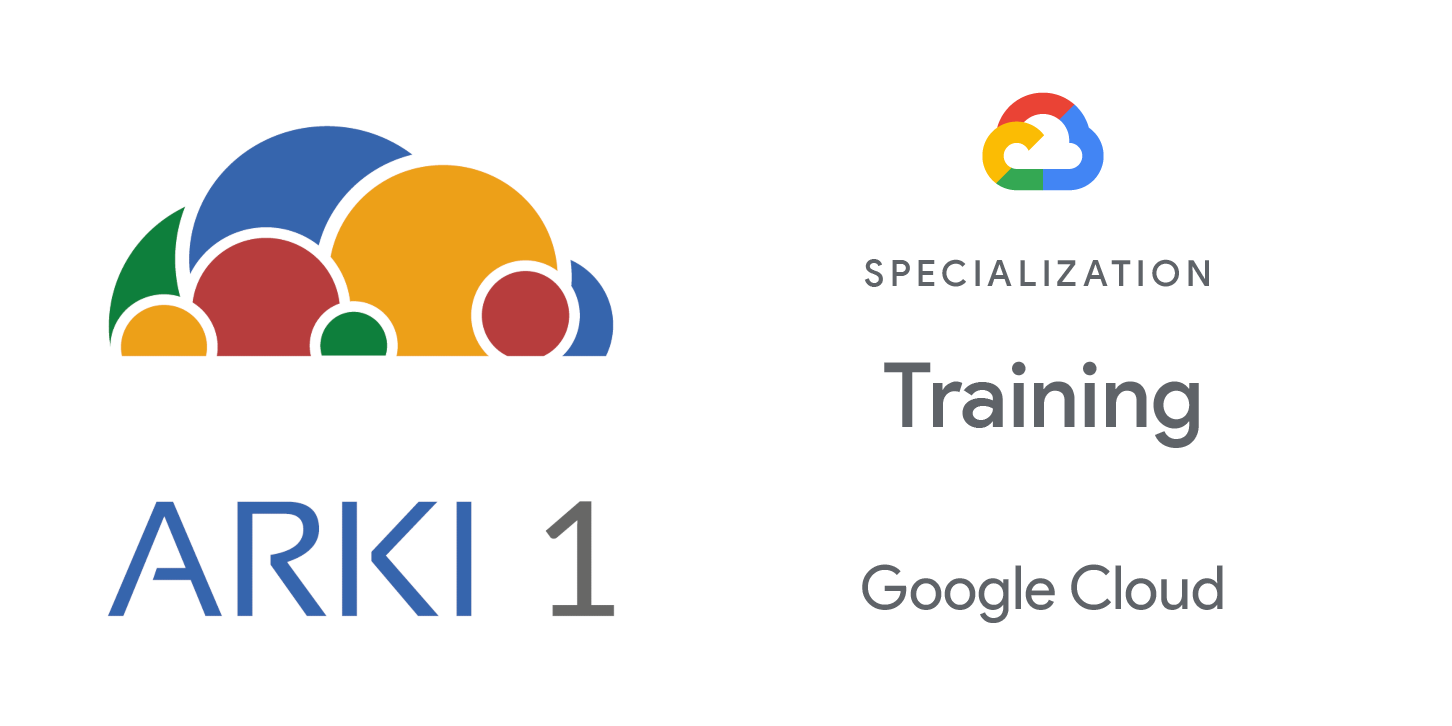Learn how to install and manage Google Cloud’s Apigee API Platform in a hybrid cloud. This course uses lectures, a lab, and supplemental resources to show you how to install, manage, and scale your Apigee API Platform.
Objectives
In this course, participants will learn the following skills:
- Identify the purpose and value of Apigee API Platform.
- Describe basic concepts and capabilities of Google Cloud, Kubernetes, REST, and Anthos.
- Discuss Apigee API Platform architecture and recommended practices for topology design.
- Explain Apigee terminology and logical organizational structures.
- Install Apigee hybrid on Google Kubernetes Engine.
- Discuss infrastructure security, user access management, data storage, and encryption practices used in Apigee hybrid.
- Manage environments in Apigee hybrid.
- Discuss capacity planning and scale runtime components in the hybrid runtime plane.
- Describe the upgrade and rollback process used for the Apigee hybrid installation.
- Troubleshoot and monitor the hybrid runtime plane components using logs, metrics, and analytics.
Audience
This class is intended for the following audience:
Cloud Architect, Cloud Engineer and Operation Specialists
Prerrequisites
To get the most out of this course, participants should have:
- Familiarity with Linux command and command line interface
- Basic understanding of Google Cloud.
- Basic understanding of GKE.
- Basic understanding of networking.
- Basic understanding of shell script, XML, JSON, HTTP, REST, and TLS.
Duration
24 hours (3 days)
Investment
Check the next open public class in our enrollment page.
If you are interested in a private training class for your company, contact us.
Course Outline
The course includes presentations, demonstrations, and hands-on labs.
- Describe the Apigee API management platform, and the services and features it provides.
- Describe basic concepts and the capabilities of Google Cloud, Kubernetes, REST, and Anthos.
- Describe the architecture and networking used in Apigee hybrid and the various components that are used to operate the runtime plane.
- Describe the terminology, organizational structure, and the management API used in Apigee hybrid.
- Describe the process involved in installing Apigee hybrid.
- Describe the tools and commands used to configure and manage the components of the hybrid runtime plane.
- Perform an installation of the Apigee hybrid runtime plane in a Kubernetes cluster on GKE.
- Configure the Apigee hybrid runtime plane.
- Configure Apigee hybrid environments and environment groups by using the Apigee hybrid UI.
- Deploy simple API proxies to the Apigee hybrid environments.
- Validate Apigee hybrid environments by testing API proxies.
- Manage environments and API proxy deployments in Apigee hybrid.
- Determine how hybrid runtime components communicate securely within the runtime plane and with the hybrid management plane in Google Cloud.
- Describe how data is encrypted and how you can use role-based access control to manage user access in Apigee hybrid.
- Determine how to plan capacity for the Apigee hybrid runtime plane.
- Scale the Apigee hybrid runtime components.
- Upgrade an Apigee hybrid installation to a new release of the software distribution.
- Discuss rolling updates and how to roll back an upgraded Apigee hybrid installation to the previous release.
- Explain how the Apigee runtime plane generates logs, metrics, and analytics data.
- Monitor the health of Apigee hybrid runtime plane components.
- Troubleshoot issues with those components by using logs and metrics data.


